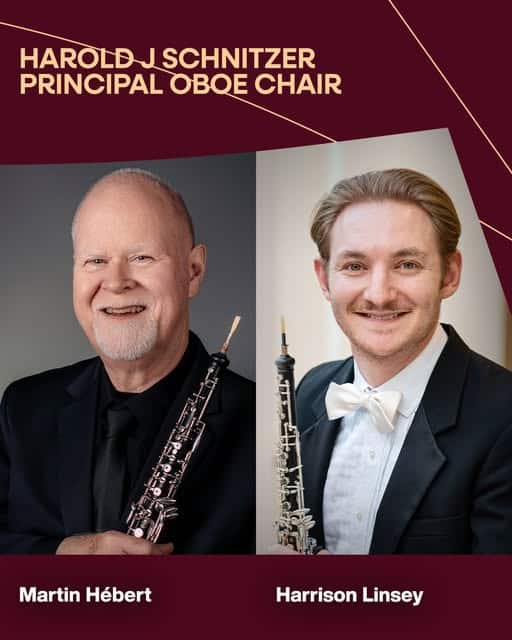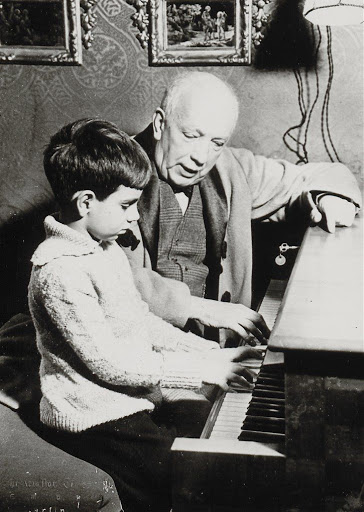Are we programmed to beat 4/4?
NewsFascinating discussion on the Guardian’s Readers Response page.
Samples:
As a songwriter, I can only write my (three-minute pop) songs while walking. The cadence of my steps often gets me in a semi-trance, which leads to the brain working differently, less concerned with mundane matters. I figure, since I only have two feet, this leads to a natural tendency to write in a 4/4 or 2/4 time signature. The few waltzes curiously weren’t written while walking. Bent Van Looy, Antwerp
There may be cultural preferences but it isn’t a human predisposition. African drumming, as an example, often favours 3/2. tcschultz
It’s more of a western disposition if anything – lots of Turkish, Greek and Indian music is in odd times such as 9/8. drunkandskint
I suspect it’s because the rhythm is iambic – like the English language. Der-duh of the 4/4 is the same as the heartbeat, the opening of the door to the home and the clunking of the pump on the bar. Helen Johnson
Read on here.






Comments